Baja California has long been on my list of must-explore destinations in Mexico. With its breathtaking landscapes, charming coastal towns, and incredible wine country, I knew this would be an unforgettable road trip. But beyond the adventure, this trip had a practical purpose—I needed to move my remaining personal belongings from San Diego to Guadalajara. Given the current surge in cartel violence in Sinaloa, I opted for a safer and more scenic alternative: driving down the Baja Peninsula, taking the ferry to Mazatlán, and then continuing on to Guadalajara.
My journey began with a Viva Aerobus flight from Guadalajara to Tijuana, where I rented a car for the trip.
After picking up my rental, I crossed into the U.S. via the Otay Mesa border crossing. It was surprisingly quick—less than 20 minutes—and only required me to show my passport and answer a question about the purpose of my visit. After handling my business in San Diego, I returned to Mexico a few hours later via the San Ysidro border crossing, the busiest in the U.S.. This took about 45 minutes, and once on the Mexican side, my car was scanned. Since they didn’t detect anything, I didn’t need to show any additional documents or speak to anyone.
From there, the real adventure began. My road trip took me through Valle de Guadalupe, Guerrero Negro, Loreto, Todos Santos, and La Paz before I took the Baja Ferry to Mazatlán and continued driving to Guadalajara. A total of almost 1,300 miles and crossing four Mexican states.
This guide will cover everything you need to know, including renting a car in Mexico and taking it to the U.S., driving distances, safety tips, and gay-friendly highlights along the way!
Table of Contents
ToggleHistory of the Baja Peninsula
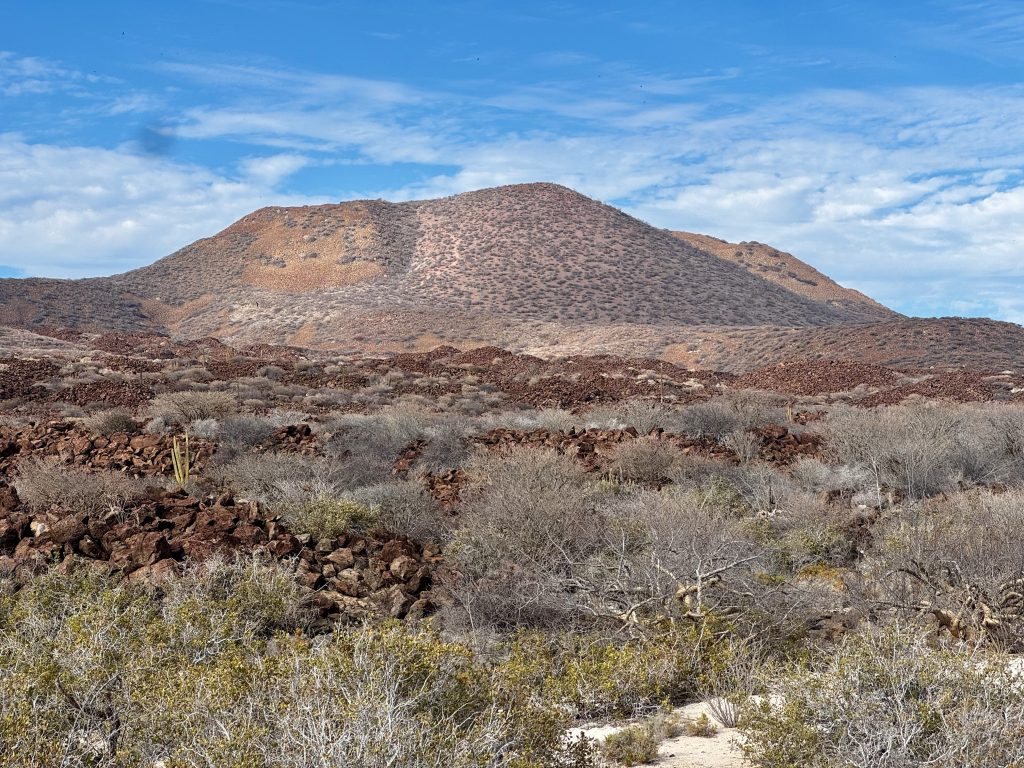
First a little background and history of the Baja Peninsula. The Baja Peninsula has a rich and complex history shaped by indigenous cultures, European explorers, and shifting political landscapes. Long before Spanish colonization, the region was home to indigenous groups such as the Cochimí, Guaycura, and Pericú, who thrived in the harsh desert environment through fishing, hunting, and gathering. In 1533, Spanish explorers led by Fortún Ximénez were the first Europeans to reach Baja, mistakenly believing it to be an island. This misconception persisted for years, even as Hernán Cortés and Sebastián Vizcaíno mapped the coastline. During the 17th and 18th centuries, Jesuit, Franciscan, and Dominican missionaries established missions throughout the peninsula, introducing Christianity, agriculture, and livestock while devastating indigenous populations through disease and forced labor.
After Mexico’s independence from Spain in 1821, Baja California remained a remote and sparsely populated frontier. The mid-19th century saw conflicts with the U.S., including an attempt to annex the peninsula during the Mexican-American War (1846–1848). However, Baja remained part of Mexico, later splitting into two states: Baja California (north) and Baja California Sur (south) in 1974. The construction of Highway 1 in 1973, running the length of the peninsula, opened the region to tourism, attracting adventurers, surfers, and wine lovers. Today, Baja is a vibrant mix of traditional Mexican culture, modern tourism, and stunning natural landscapes, from the vineyards of Valle de Guadalupe to the marine-rich waters of the Sea of Cortez.
Renting a Car in Mexico & Taking It to the U.S.
Renting a car in Mexico and driving it across the border into the U.S. is fairly easy. I rented mine from Mex Car Rentals, which not only had better prices than U.S. rental brands and was hassle free. Since Baja has some rough roads, I purchased full coverage insurance to avoid any surprises. I also added cross-border insurance ($8 USD per day) so I could legally drive into the U.S.
➡️ Tips for renting a car and crossing the border:
➡️ Insurance is key. U.S. auto insurance doesn’t cover Mexican rentals, so you’ll need a policy that includes both U.S. and Mexico coverage.
➡️ Otay Mesa border crossing is faster. I entered the U.S. in less than 20 minutes and only had to show my passport and state my reason for crossing.
➡️ San Ysidro is much busier. Returning to Mexico via San Ysidro took 45 minutes. Once on the Mexican side, your car is scanned, and if nothing is detected, you don’t need to speak to anyone or show additional papers.
➡️ Have your documents ready. A valid passport, visa (if required), and car rental agreement with cross-border permission are essential.
Staying Safe on the Road
Driving in Baja California is generally safe, but it’s important to take precautions. The region has long, remote highways where cell service can be limited (or non-existent), so planning ahead is key. Here are some safety tips for your journey:
➡️Stick to daylight driving. Avoid driving at night, as roads can be poorly lit and there’s a higher risk of encountering animals, potholes, or unexpected roadblocks.
➡️ Keep your gas tank full. Gas stations are scarce in certain parts of Baja Sur, so fill up before heading into remote areas. Also, if you see a gas station, top off the tank just in case.
➡️ Bring Pesos. Bring some cash with you if you run into any car issues or in smaller towns where credit cards are not as widely used.
➡️ Download offline maps. Signal can be weak in some rural areas, so having Google Maps or Maps.me available offline can be a lifesaver.
➡️ Don’t speed. There are speed bumps (topes) in unexpected places, and radar speed traps are common in some areas.
➡️ Expect random National Guard checkpoints. Military or National Guard roadblocks are common in Baja California, where they inspect vehicles for drugs and weapons.
What Happens at a National Guard Checkpoint?
- Mexico’s Guardia Nacional regularly conducts highway inspections, especially on routes leading in and out of Baja California. I went through seven checkpoints on my trip. If you get stopped:
- Remain calm and cooperative. Officers will likely ask for your ID, rental papers, and possibly check your car and belongings.
- They are looking for contraband. These inspections target drug trafficking, illegal weapons, and stolen vehicles—not tourists.
- They might ask a few questions. Common ones include “Where are you coming from?” and “Where are you going?” Answer truthfully and briefly.
- Most stops are quick. If everything checks out, you’ll be back on the road in less than 5 minutes.
- Bribery is not needed. These are legitimate government checkpoints, not the type of “shakedown” you might have heard about in Mexico’s past.
Route Breakdown (North to South)
Baja is a dream for road-trippers. The landscapes shift from rugged coastlines to vast deserts, and the small towns along the way each have their own unique charm. Here’s a breakdown of the key stops and driving distances.
Tijuana → Valle de Guadalupe
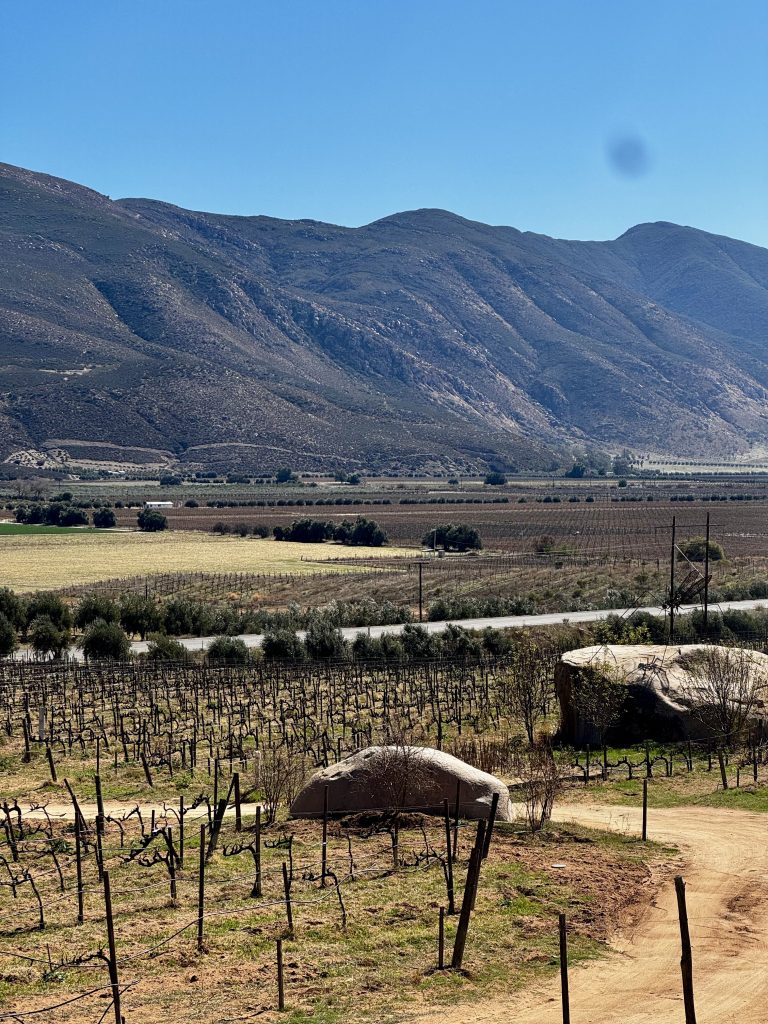
Distance: ~100 km (62 miles) | Drive Time: 1.5 hours
After my quick detour to San Diego, I returned to Mexico and made my way to Valle de Guadalupe, Mexico’s premier wine country. This region is often compared to Napa but with a more laid-back, rustic charm. Gay-friendly wineries and boutique hotels make it a great stop for gay travelers looking for a romantic or relaxing experience.
Must-Do in Valle de Guadalupe: Wine tastings at Vena Cava or Mogor Badan, and dining at Deckman’s, one of the best restaurants in Mexico.
Valle de Guadalupe → Guerrero Negro
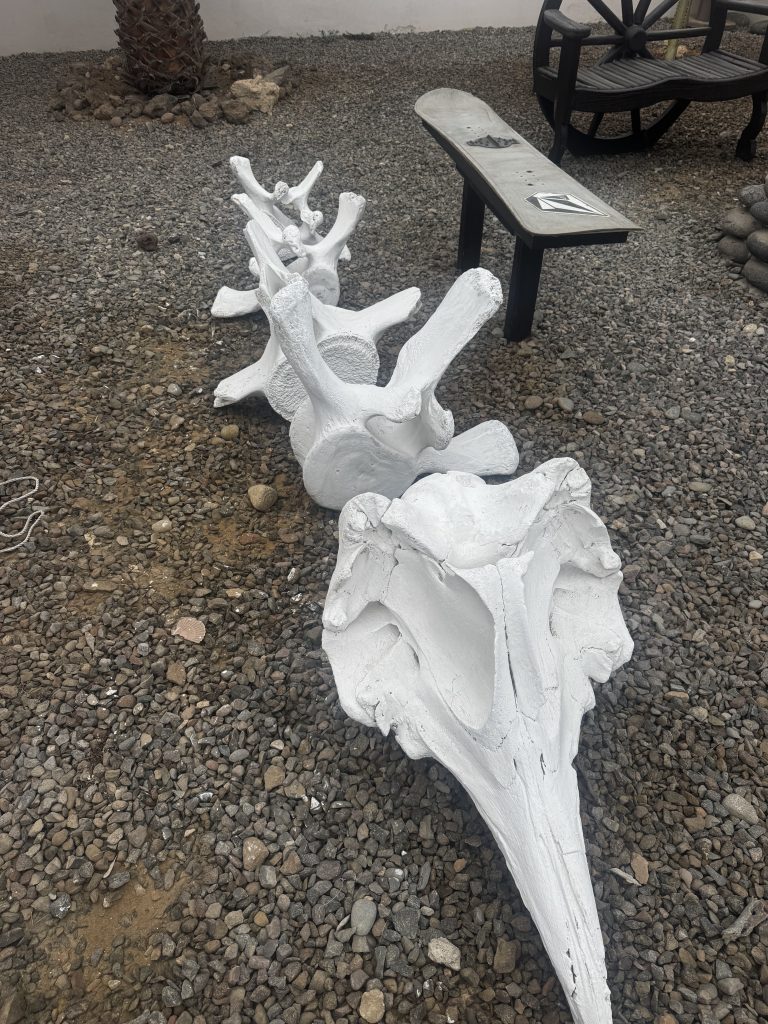
Distance: ~560 km (348 miles) | Drive Time: 7.5 hours
This stretch is long but scenic, passing through vast deserts and winding roads. Guerrero Negro is famous for its whale-watching tours (December–April) and massive salt flats. It’s a peaceful stop with stunning natural beauty. I stayed in a Airbnb which was very secure and slept soundly on my one night stay.
Safety Tip: This is a remote drive with limited gas stations. Fill up in El Rosario before heading south.
Guerrero Negro → Loreto

Distance: ~410 km (255 miles) | Drive Time: 5 hours
Loreto is one of my favorite spots in Baja. It’s a charming seaside town with colonial architecture, a relaxed vibe, and great opportunities for snorkeling and island-hopping. It’s also one of the safest places in Baja and has a small but welcoming LGBTQ+ community.
Must-Do in Loreto: Take a boat tour to Isla Coronado for stunning beaches and crystal-clear waters.
Loreto → Todos Santos

Distance: ~480 km (298 miles) | Drive Time: 6.5 hours
Todos Santos is known for its artsy vibe, surfing scene, and boutique hotels. It’s also one of the most gay-friendly spots in Baja. The town has an alternative, free-spirited energy, making it a great place for gay travelers to feel at home.
Must-Do in Todos Santos: Stay at Hotel San Cristóbal (or have a cocktail there), a stylish boutique hotel.
Todos Santos → La Paz

Distance: ~80 km (50 miles) | Drive Time: 1.5 hours
La Paz is an underrated gem, known for its stunning beaches and marine life. It’s the perfect mix of laid-back and lively, with a growing gay community. Playa Balandra is easily one of the most beautiful beaches in Mexico.
Must-Do in La Paz: Swim with whale sharks (October–April) or sea lions and stroll the Malecón for incredible sunsets.
Taking the Baja Ferry to Mazatlán
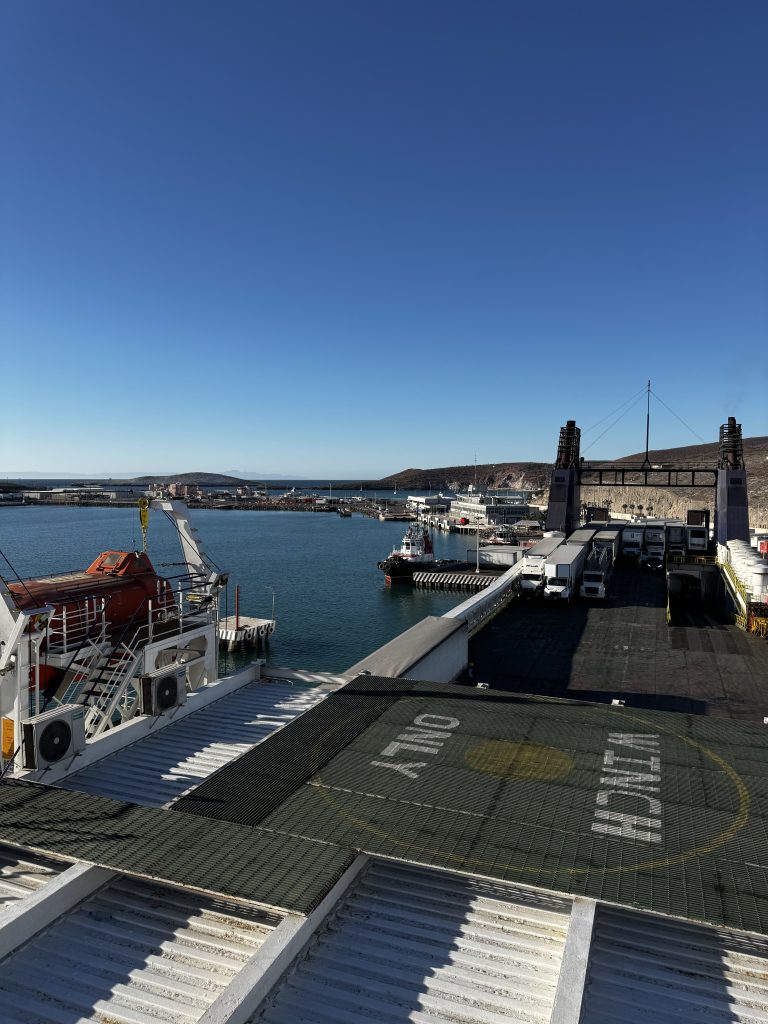
To continue my journey south, I took the Baja Ferry from La Paz to Mazatlán. The overnight ferry takes about 12–14 hours and is a comfortable experience.
Tips for the ferry:
- Book in advance, especially if you’re bringing a car.
- Arrive early—boarding with a car can be a slow process. They recommend to arrive 3 hours early for boarding process.
- Upgrade to a cabin if you want a private space to sleep. The cabin was comfortable with it’s own private bathroom.
- The off-boarding process took a couple of hours so make sure you account for that into your travel schedule.
- Total Cost: $10,850 Pesos ($533 USD). Breakdown: Ferry Fare: $1950 Pesos, Car Shipment: $6500 pesos, Cabin: $2400 Pesos
Mazatlán → Guadalajara
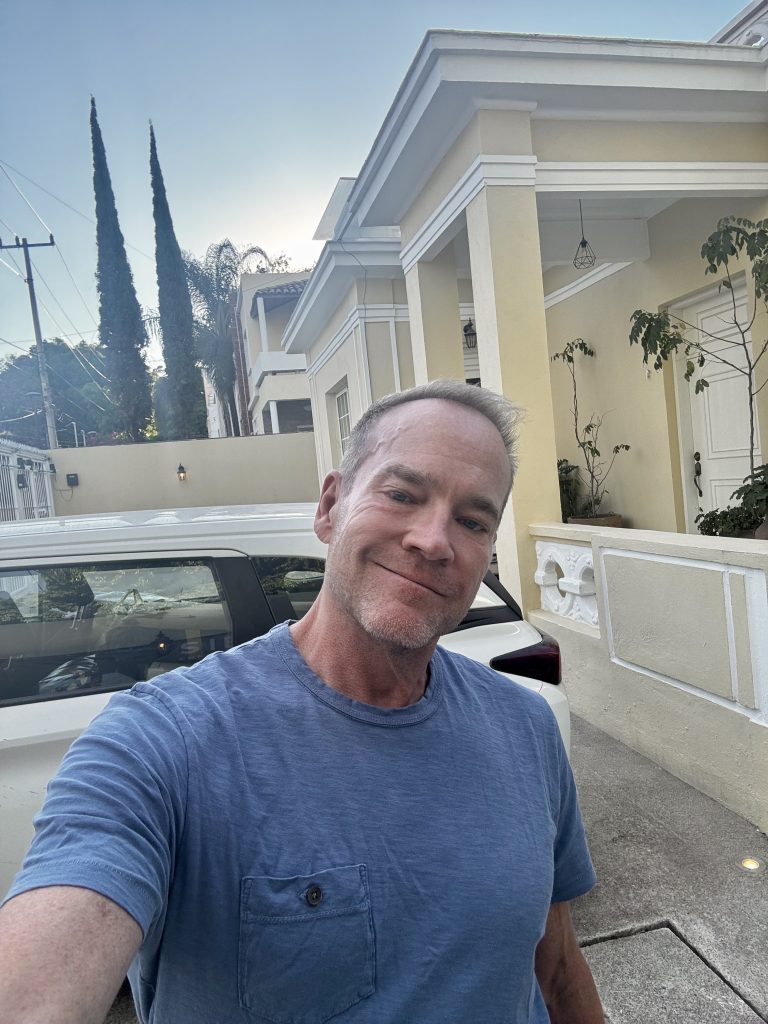
Distance: ~500 km (311 miles) | Drive Time: 6 hours
Since I was eager to get back home, I just stopped in Mazatlan for gas and coffee before I headed back on the road. For this part of the drive, you use a toll road. Toll roads are surprisingly expensive in Mexico, from Mazatlan to Guadalajara it cost me nearly $100 USD in tolls. The drive is beautiful, miles of mango groves then you start climbing into the mountains and see miles and miles of agave fields.
Baja Driving FAQS
Is it safe to drive through Baja California?
Yes, but stick to major highways, drive during daylight hours, and plan your gas stops ahead of time. Baja’s remote stretches can feel isolated, but most travelers complete the drive without issues.
Can I rent a car in Mexico and take it to the U.S.?
Yes, but not all rental agencies allow it. Make sure your rental contract includes cross-border permission, and purchase U.S. liability insurance (I paid $8 USD/day for mine).
Do I need a Mexican visa or tourist permit (FMM) to drive in Baja?
If you’re staying less than 7 days, you don’t need an FMM. For longer stays, you must get an FMM permit (available online or at the border, around $30 USD).
How are the roads in Baja?
Main highways are paved but can be narrow and winding. Some side roads, especially in rural areas, can be rough, so full-coverage rental insurance is recommended.
What should I do if I break down in Baja?
Call the Green Angels (Ángeles Verdes) at 078, a free highway assistance service for tourists. They provide mechanical help, gas, and emergency support.
Can I pay for gas with a credit card?
Most Pemex stations take cards, but cash is safer, especially in remote areas. ATMs are scarce outside major cities.
Are there a lot of police or military checkpoints?
Yes, National Guard checkpoints are common, but they are routine and not a cause for concern. Officers may search your car for drugs or weapons, but tourists are rarely bothered.
What happens if I get pulled over by police in Mexico?
Stay calm, be respectful, and ask for an official ticket if they claim you violated a rule. In tourist-heavy areas, police may ask for a bribe, but it’s best to insist on paying any fine at the police station.
Can I take the Baja Ferry with a rental car?
Yes, but you must confirm with your rental company that they allow it. You’ll also need to book the ferry in advance, especially in peak travel seasons.
Is Baja California gay-friendly?
Yes, especially in areas like Valle de Guadalupe, Todos Santos, and La Paz. While smaller towns may be more conservative, resorts, boutique hotels, and major cities are welcoming.
FINAL THOUGHTS
Baja California is a diverse, breathtaking region that’s perfect for adventurous gay travelers. From gay-friendly boutique hotels and wineries to secluded beaches and whale-watching, this trip had it all. While my main goal was to safely move my belongings from San Diego to Guadalajara, I ended up having one of the best road trip experiences of my life.
Have you taken a road trip through Baja? Let me know in the comments!
About the Author
Tim is a seasoned gay travel writer and the creator of Out in Mexico, a dedicated resource for gay travelers exploring Mexico’s vibrant destinations. After relocating to Guadalajara, he has spent years immersing himself in Mexico’s gay culture, from the iconic beaches of Puerto Vallarta to the nightlife of Mexico City.
With firsthand experience in Mexico’s gay scene, Tim has personally visited the bars, hotels, and events featured in this guide. His insights have helped gay travelers plan unforgettable trips while ensuring they feel safe, welcomed, and informed.
When he’s not writing, you’ll find him sipping a mezcal cocktail at a bar in Colonia Americana or travel to a new exciting destination in Mexico.
📍 Follow his adventures: @i.am.out.in.mexico
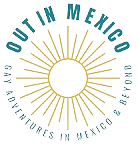
No Comments